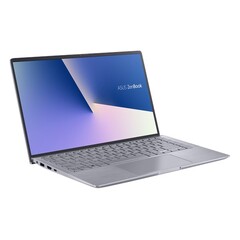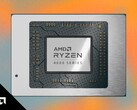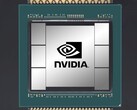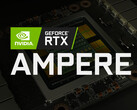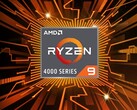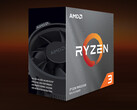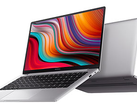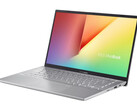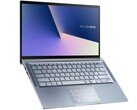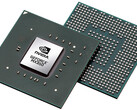OEMs including ASUS have been pairing Ultrabooks with the AMD Ryzen 7 4700U and NVIDIA's entry-level GeForce MX350 discrete graphics card. This would seem innocuous enough except for one critical fact: The AMD Ryzen 7 4700U's integrated Vega 7 iGPU performs nearly as well as the GeForce MX350 in scenarios where it isn't severely power limited.
Ultrabook Review's test of the ASUS ZenBook UM433IQ exposes some uncomfortable facts: the 10W variant of the GeForce MX350 actually loses out to the integrated Vega 7 in less-intensive titles like DOTA 2. It delivers major wins in graphically-intensive titles like The Witcher 3, easily besting the Vega 7 iGPU.
However, as Ultrabook Review notes, ASUS power limits the Ryzen 4700U to 15W after a few minutes of operation, resulting in the Vega 7's clockspeed plummeting from 1600 MHz to around 1000 MHz, which is a 37.5 percent decline. The review indicates that the discrete MX350 also drops clocks.
In the ZenBook 14 configuration, neither the Vega 7 nor the MX350 performs as well as it can. A power-limited GeForce MX350 beats a power-limited Vega 7. But what if the Vega 7 didn't have to share a brutally curtailed 15W?
In any ultrabook, space and power are at a premium. Taking up space by duplicating redundant graphics hardware is a poor engineering choice to say the least. What if that area was better utilized say, for an additional heat-spreading component allowing the Vega 7 to run somewhere close to stock clocks?
It's surprising ASUS decided not to do this, especially considering how the MX350 drives up the bill of materials on the ZenBook 14 by a few hundred dollars. A ZenBook 14 design that omits the dGPU but competently cools the APU would likely deliver equivalent or better performance at a lower cost to ASUS (and customers).
The question then arises as to why: is the ZenBook 14 just a fluke of poor design or is there another reason for ASUS' choice of hardware?




